
NFS: Underground 2
Publisher: Electronic ArtsWe used Need For Speed: Underground 2 to represent a typical driving simulator - it's based on the DirectX 9.0 API, and makes use of many DirectX 9.0 features, including motion blur and light trails. Anti-Aliasing was controlled from inside the game, while Anisotropic Filtering was controlled via the driver control panel.
We used a 3-lap race on the "Parkade Track 1" Street-X circuit with three opponents for our manual run through. The circuit is fairly high-speed, but contains lots of corners, which makes good use of motion blur and light trails.
Below is a table of the best-playable settings that we found best for each video card configuration. In this title, we found that a 30 frames per second minimum and a target of 38 frames per second (or higher) for the average frame rate delivered smooth and fluid game play.
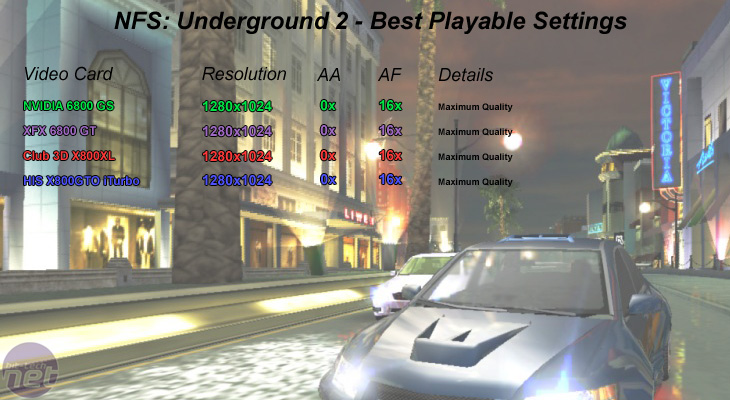
The GeForce 6800 GS consistently delivered a higher minimum frame rate than the XFX GeForce 6800 GT, while the average frame rate remained the same. We completed races as a front runner, and following the pack to see if the GeForce 6800 GS was phased. It wasn't, but we'd say that you will not be able to tell the difference between these two video cards.
Club 3D's Radeon X800XL delivered a good, solid gaming experience, but the minimum frame rate dropped below 30 frames per second on a couple of occasions. We found that the X800GTO iTurbo was actually slightly faster than the X800XL, but much like the two NVIDIA cards, you would be pushed to see the difference between the two.
On the whole, the GeForce 6800 GS and XFX GeForce 6800 GT were equally the best performers in this title, as the frame rate stayed much smoother and never once dropped below 30 frames per second during our game play evaluation.

MSI MPG Velox 100R Chassis Review
October 14 2021 | 15:04

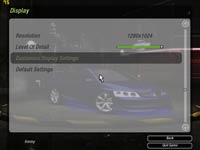
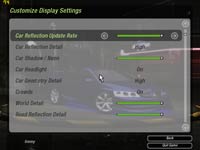
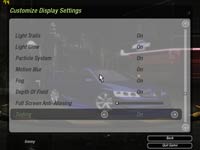
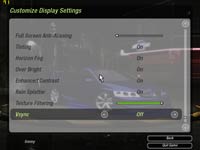




Want to comment? Please log in.